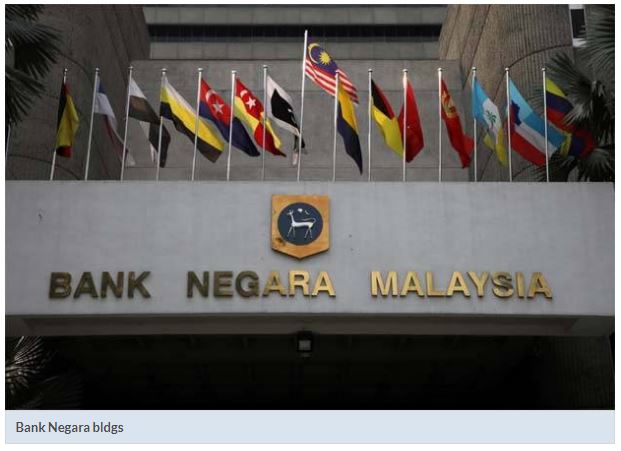M&As costly in Malaysia under new framework, says S&P
PETALING JAYA: While the three banks Bank Negara has identified as crucial to the domestic banking sector are well-capitalised, the new regulatory framework would make mergers and acquisitions (M&A) more costly, says S&P Global Ratings.
The rating agency believed the new systemically important banks (D-SIBs) framework would discourage Malaysian banks from contemplating domestic M&A, as many local players have reportedly attempted in the past decade.
The three banks identified as D-SIBs by Bank Negara last week are MALAYAN BANKING BHD , CIMB GROUP HOLDINGS BHD
, CIMB GROUP HOLDINGS BHD and PUBLIC BANK BHD
and PUBLIC BANK BHD .
.
Bank Negara’s latest framework is to prevent a “too big to fail” situation.
S&P did not expect the new capital addition to be onerous for the three banks given their robust capital buffers and the manageability of the planned capital increases. With the new framework, top lenders would find it more expensive to consider M&A, it added.
“Should a D-SIBs institution buy a smaller local bank, the enlarged entity would risk moving into a higher D-SIBs bucket. This would involve a greater surcharge, adding to the institution’s cost of capital.”
Similarly, for smaller lenders, a merger with equal size counterparties could potentially make them a qualified D-SIB, thus subjecting the institution to higher regulatory capital ratios.
“As such, the D-SIBs surcharge would partially offset the profitability gains derived from synergies in those merger scenarios.”
Business-wise, the rating agency said the current climate makes organic capital accumulation more challenging for Malaysian banks.“We have seen Malaysian banks moderately improve their return on risk-weighted assets in the past two years following capital optimisation efforts. However, with the finalisation of Basel III and given the muted profitability prospects, we see less room for these banks to increase this ratio, implying slower organic capital growth through retained earnings.”S&P said in its view there is material overlap among the large domestic banking groups in terms of branch networks, revenue streams, and business mix. The overlap argues for sector consolidation.
“However, we believe the near-term prospect for industry M&A remains subdued. On top of the potential capital surcharges under the new D-SIBs framework and the difficulties typically encountered in M&A price negotiations, banks will find it politically unpalatable to make staff cuts in this climate of slow economic growth, global trade tensions, and the new coronavirus outbreak.”
Accordingly, S&P said banks should focus on improving their net interest margins and returns on equity, as well as strengthening their financial technology.
Bank Negara treated Maybank and CIMB as “bucket-two” D-SIBs, requiring an extra 1.0% of common equity tier-1 (CET1) capital. It viewed Public Bank as a “bucket-one” D-SIB, entailing an additional 0.5% CET1 buffer.
As of September 2019, Maybank’s CET1 ratio stood at 14.44%, while CIMB’s and Public Bank’s was 13.1% – well above the regulatory minimum of 7.0%.
Source: https://www.thestar.com.my/business/business-news/2020/02/11/mas-costly-in-malaysia-under-new-framework-says-sp


 English
English




